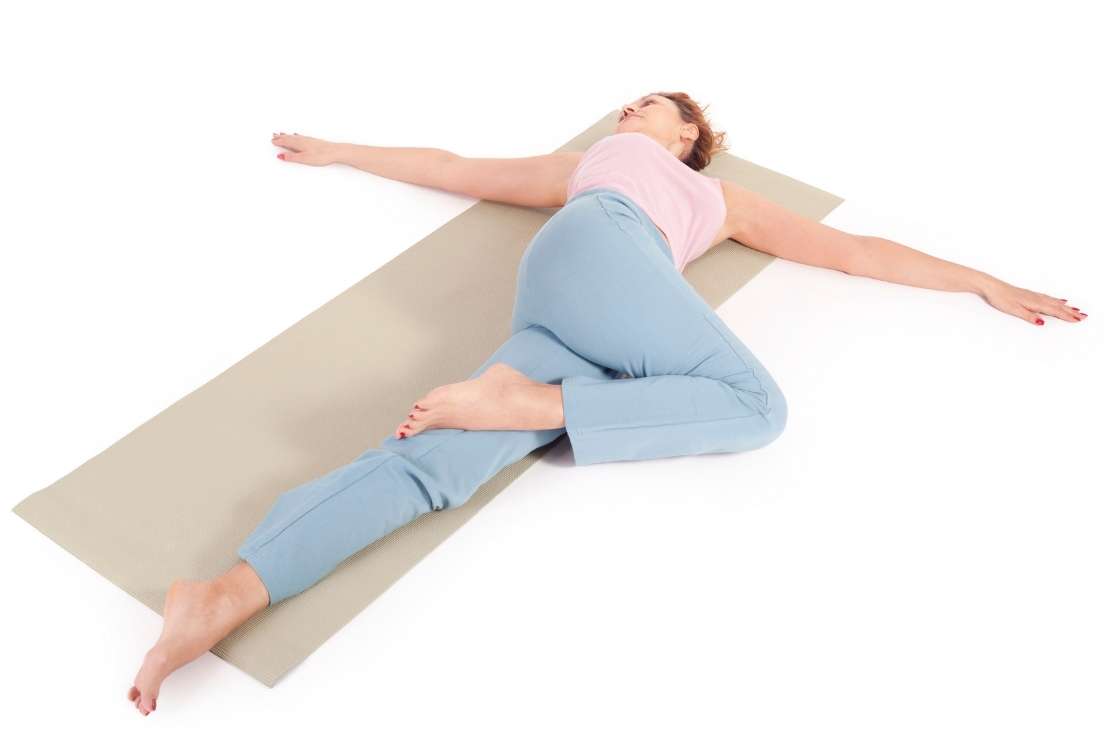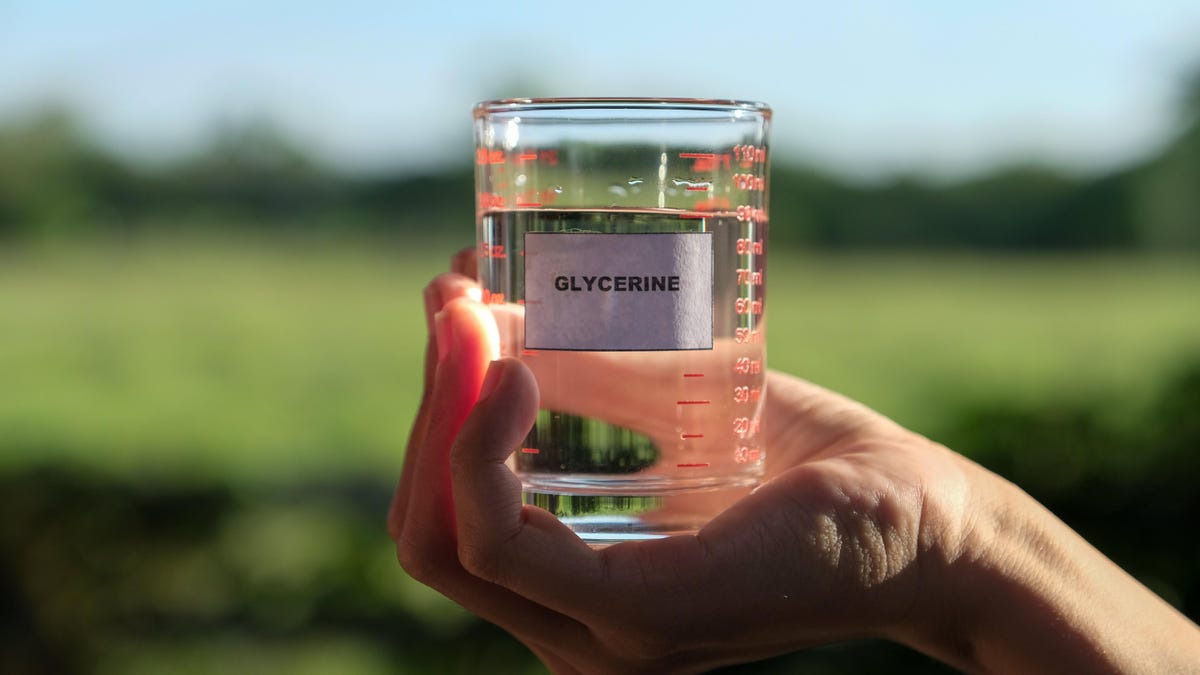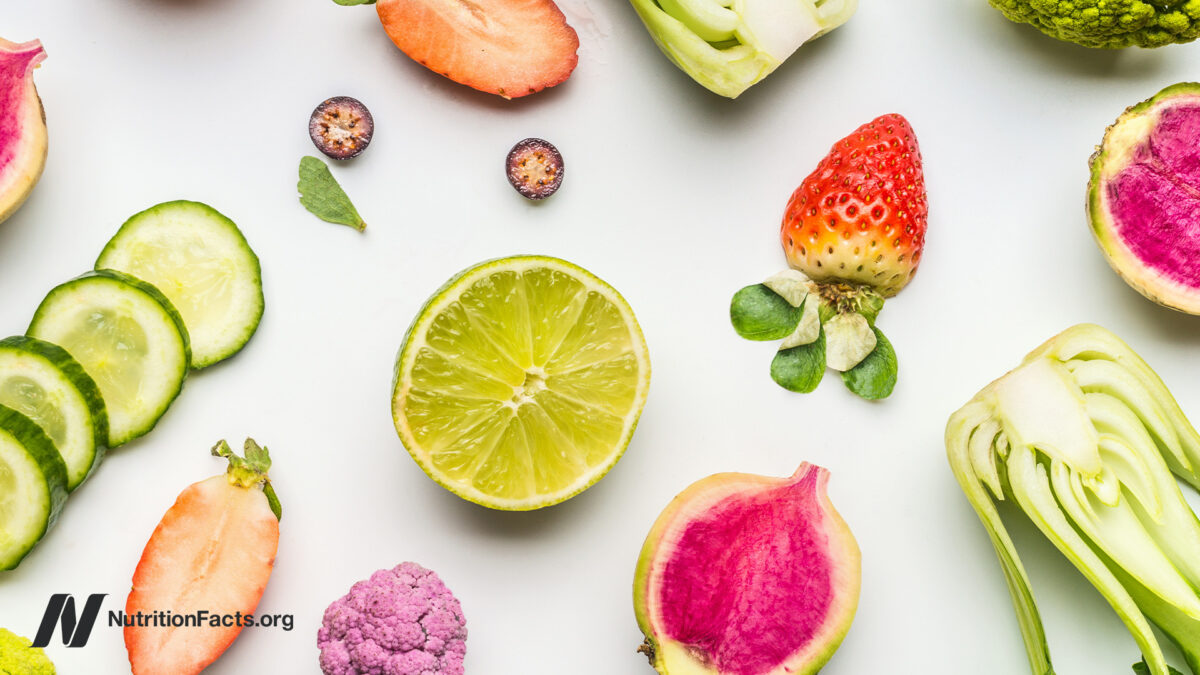Supine Spinal Twist (Supta Matsyendrasana): Steps and Benefits
Steps Beginner’s Tips Benefits Variations Precautions Sanskrit Pronunciation Supta Matsyendrāsana (सुप्ता मत्स्येन्द्रासन) soup-tah mats-yane-draa-ah-sah-nah Common Reclining spinal twist, Supta Jathara Parivartanasana Type Supine twist Level Beginner Stretches Gluteus, Hamstrings, Hips, Knees and Neck Strengthens Core and lower back muscles...


| Sanskrit Pronunciation | Supta Matsyendrāsana (सुप्ता मत्स्येन्द्रासन) soup-tah mats-yane-draa-ah-sah-nah |
| Common | Reclining spinal twist, Supta Jathara Parivartanasana |
| Type | Supine twist |
| Level | Beginner |
| Stretches | Gluteus, Hamstrings, Hips, Knees and Neck |
| Strengthens | Core and lower back muscles |
To move deep into twisting poses your muscles need to be warmed up. Supine spinal twist (Supta Matsyendrasana) is the yoga pose you can try before going into twisting poses to warm up back muscles. It lengthens and strengthens the spine while also cleansing the internal organs. It’s a soothing pose that stretches the shoulder, back, legs, and neck.
The Sanskrit name Supta Matsyendrasana comes from supta meaning supine or reclined, matsya means fish, indra means ruler, and asana means pose. It’s lying down variation pose of popular Ardha Matsyendrasana. Matsyendra, commonly known as the “lord of the fishes”, is one of the legendary founders of hatha yoga. This pose is also called Supta Jathara Parivartanasana.
To perform this pose, the practitioner lies down on the back and twists from the lower body. The torso twists slightly as the opposing hand presses against the bent leg, bringing the knee to fall on the outer part of the resting leg.
It’s a soothing posture that is generally practiced towards the end of a yoga session. This pose acts as a counter to sitting and hunching which helps your posture in daily life.
Step by step instructions
Lie down on your back on the yoga mat with your legs straight. Spread your arms to the side, in line with the shoulders to form a T.Inhale and bend the right leg, keeping the feet firmly on the mat.Exhale and bring the right knee towards your chest while keeping the left leg straight.Inhale and exhale while slowly bringing your right knee towards the left side, over the midline. Internally rotate your right hip towards the left so that it stacks on top of the left hip. This will also twist your lower back and spine. Turn your head to the right side and keep your gaze on your right hand’s fingertips. Make sure that your shoulders and shoulder blades are firmly placed on the yoga mat as they have a tendency to lift while performing the twist.As you exhale, let the gravity pull your right leg down instead of you forcing it to touch the mat completely.Release the pose by bringing your head back to the center along with your leg and hips. Relax in this pose for a few minutes and repeat the steps with the left leg.Stay in this pose for 5-7 deep breaths. For restorative purposes, you can hold it for several minutes.
Beginner’s Tips
Beginners may consider modifying supine spinal twist with these points:
One can avoid turning the head sideways in case of stiffness or any discomfort. Provide more cushioning to the neck with a folded blanket or towel.Do not force your knee to come completely to the ground. Move your knee over only as far as is comfortable for you.You can use a yoga block or a cushion to place your bent knee for support if you fully cannot drop it to the ground.Placing a folded blanket under the buttocks will give additional padding.Benefits
Supta Matsyendrasana improves spinal mobility and due to its twisting effect, it can aid digestion. It gently stretches the glutes, chest, and hamstring muscles. Regular practise of this pose can relieve lower back pain and tight shoulders.
Here are some more key benefits of performing supta matsyendrasana:
The inner organs benefit from a fantastic massage by pressing the knee against the abdomen, which helps them detoxify and function properly.Massaging of the lower abdomen also improves the digestive and elimination system relieving you of issues such as indigestion and constipation.The twist to the lower and middle region of the spine at the back strengthens the muscles around the spine, increases lower back flexibility, and improves alignment, thus, reducing back pain and other diseases associated with the spine.It causes the spine to stretch, creating more room between the vertebrae and letting energy flow more freely throughout the body.Women can relieve menstrual discomfort and back pain by doing Supta Matsyendrasana daily.It also improves thoracic blood circulation and the wellness of your nervous system.The lower abdomen is pressed and the hips are twisted to assist reduce fat around the hips and waist and toning them.It reduces lower back stiffness and aids in the circulation of fresh blood.It also helps with lower back strengthening and reducing stiffness from the hips which further improves posture.Supta matsyendrasana induces sleep. It is an excellent approach to relieve both physical and mental exhaustion.Variations and modifications
 Supta matsyendrasana with eagle pose legs.
Supta matsyendrasana with eagle pose legs. You can add some variations into traditional supta matsyendrasana steps for greater effect:
In the earlier mentioned steps, if your hip flexibility allows, place your left hand on the right knee to push it down to the ground. You will be able to effectively increase the amount of stretch to the lower back and hip muscles.
Instead of bringing one knee to the side, bend both your knees and twist your entire lower body. In this case, your hips and legs will be directly stacked on top of each other and you will get a deeper range of motion. It will enhance your hip flexibility and you will be able to achieve more stretch to the lower back.
Supta matsyendrasana with eagle pose legs – Take your legs straight up to 90 degrees before turning. Come into Eagle pose (Garudasana) legs by wrapping your right leg around your left. While keeping the legs interlaced, twist and bring the right knee to the left side of the torso. By doing this, you are strengthening your knees and ankles.
Precautions and contraindications
Take precautions while performing supta matsyendrasana in the following conditions:
Injury body injury: If you have a recent surgery or injury in the hip, lower back, spine, or knee, avoid practicing this pose.Pregnancy: Pregnant women should only consider practising this pose under the supervision of a yoga teacher. One can use a pillow between the knees to feel more comfortable. However, it shouldn’t be practised anyhow in the third trimester as it can put pressure on the abdomen. Hernia: People with hernia or gastro-intestinal issues should proceed with caution.Preparatory Poses
Before twisting in supta matsyendrasana, these poses can be practiced to warm up the body:
Happy Baby Pose (Ananda Balasana) Downward-Facing Dog (Adho Mukha Svanasana) Plow Pose (Halasana)Wind-Relieving Pose (Pawanmuktasana) Bridge Pose (Setu Bandhasana)Follow-up Poses
After performing this pose these relaxation pose can be practiced:
Supta Vrkasana (Supine Tree Pose)Supta Baddha Konasana (Supine Bound Angle)Corpse Pose (Savasana)Conclusion
The supine spinal twist, as the name suggests, is an effective pose for your spine. It fixes the alignment, lengthens it, strengthens the muscles around it, and removes the roundedness that comes from sitting hunches over the laptop. Moreover, being a reclining pose, it is also calming, which helps induce sleep and remove fatigue.
About The Author
Ashish
Ashish is a certified Yoga Teacher having experience of teaching at various schools in India. He started learning yoga from renowned yoga schools in the world capital of yoga, Rishikesh. Through his teaching, he realized how Yoga & Ayurveda can be used to increase the longevity and wellness of one's life.

 BigThink
BigThink 
































